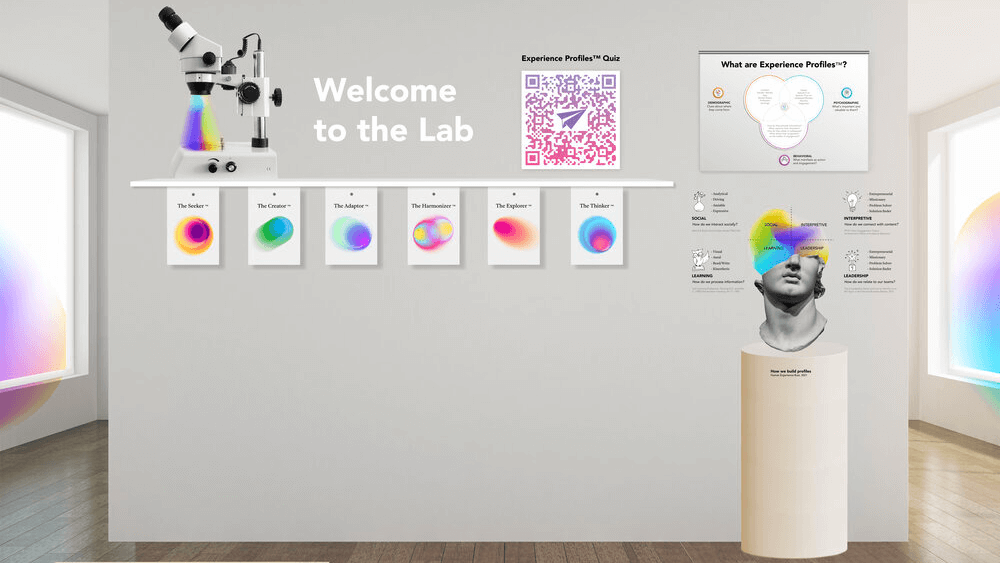
Storycraft Lab’s Experience Profiles framework goes beyond demographics to help categorize and interpret the personal preferences and learning behaviors of audiences. (Courtesy Storycraft Lab)
When Google convened a coalition of diverse thinkers in 2021 around questions of trying to understand pandemic-era social and cultural behavioral changes, they didn’t set out to zero in on belonging, said participant Naomi Clare Crellin, founder of Storycraft Lab. But as the group — which became the Experience Institute, or Xi — “was embracing the journey of working together, belonging was this destination that we discovered, which we hadn’t set out to address,” Crellin said.

Naomi Clare Crellin
“One of the things that we wanted to understand was how belonging can be built,” she said, “and how the approach to belonging is, yes, an organic thing, but our understanding of what belonging is can become a framework for the process as well as the product of experience design.”
In their efforts to consider audiences and learn how we can understand them better, the group leaned on Storycraft Lab’s Experience Profiles framework, which goes beyond demographics to help categorize and interpret the personal preferences and learning behaviors of audiences. And “one of the aha moments for us,” Crellin said, “was that the act of personalization is inherently inclusive.”
If you are personalizing, Crellin said, “then you are creating spaces that are built for everybody. You’re providing different places where everybody can find comfort and can find a sense of interest. You’re also creating spaces that position people for success when they turn up. And when you create those spaces that allow people to operate at their best and highest frequency — because you’ve considered their needs and preferences — communities start to form.”
Once you’ve done that, “people can walk into a space, and instead of being worried about fitting in or whether their needs are being met, or about not being able to understand or apply the content — if you take those worries away by addressing their preferences — you create places where people are much more open and excited to be and to present without having to worry about limitations.
“When you do all of those things, you are creating a sense of belonging — places that people return to and bring their friends to. They feel free to be themselves, which is really amazing. So, the big takeaway was that all roads lead to belonging.”
Barbara Palmer is deputy editor of Convene.
